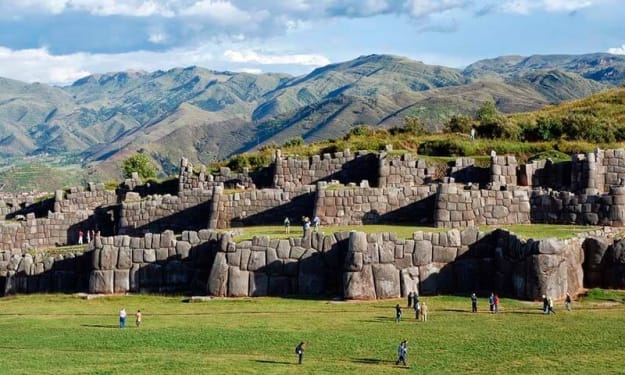Industrialization and the Gilded Age: America's Transformative Era
Sixth important topic of USA

Title: Industrialization and the Gilded Age: America's Transformative Era
Introduction
The Gilded Age, spanning roughly from the 1870s to the early 1900s, was a period of unprecedented economic growth, technological advancement, and social change in the United States. It was a time of rapid industrialization, marked by the rise of powerful business tycoons, the expansion of railroads, and the emergence of new industries. This article delves into the transformative era of industrialization, exploring its key drivers, societal impact, and the complex legacy it left behind.
Industrialization and Economic Growth
The Gilded Age witnessed a remarkable transformation of the American economy, propelled by industrialization and technological innovation. The development of new technologies, such as the telegraph, the telephone, and the light bulb, revolutionized communication and spurred economic expansion. Major industries, including steel, oil, and railroads, experienced tremendous growth, leading to the concentration of wealth in the hands of a few industrialists.
Industrial Titans and Robber Barons
The Gilded Age was characterized by the emergence of influential business magnates, often referred to as "robber barons" or "captains of industry." Figures such as Andrew Carnegie, John D. Rockefeller, and J.P. Morgan amassed immense fortunes through their dominance in industries like steel, oil, and finance. While these industrial titans were instrumental in driving economic growth and innovation, their business practices sometimes raised concerns about monopolistic control and exploitative labor practices.
Technological Advancements and Innovation
Technological advancements played a crucial role in the rapid industrialization of the Gilded Age. Innovations like the Bessemer process for steel production, the assembly line, and the introduction of electricity transformed manufacturing processes, leading to increased productivity and lower costs. These advancements revolutionized various industries, laying the foundation for the modern industrial society we know today.
Urbanization and Immigration
Industrialization and economic opportunities spurred a massive influx of people from rural areas to cities. Rapid urbanization resulted in the growth of sprawling metropolises, such as New York, Chicago, and Philadelphia. This urban expansion, however, led to overcrowding, inadequate living conditions, and social disparities. Additionally, the Gilded Age witnessed a wave of immigration, with millions of people from Europe seeking better economic prospects in the United States. Immigrants faced challenges and discrimination but contributed to the country's labor force and cultural diversity.
Labor Movements and Struggles
The industrial boom of the Gilded Age was accompanied by labor unrest and social tensions. Workers faced long hours, low wages, and hazardous working conditions. As a response, labor unions and movements emerged to fight for improved labor rights and better working conditions. Notable labor events, such as the Haymarket Affair and the Pullman Strike, highlighted the ongoing struggle between labor and management.
Social Inequalities and the Wealth Gap
While the Gilded Age brought prosperity to a select few, it also resulted in significant wealth disparities. The concentration of wealth among industrialists and financiers widened the gap between the rich and the poor. This era became synonymous with ostentatious displays of wealth and conspicuous consumption among the upper class, while many workers lived in poverty and struggled to make ends meet.
Legacy and Reforms
The Gilded Age left a complex legacy that shaped American society and triggered calls for reform. The stark wealth inequalities and social injustices spurred the Progressive Era, a period of reform movements aimed at addressing the ills of industrialization. Progressive reforms sought to regulate big businesses, improve labor conditions, advocate for women's suffrage, and enact antitrust legislation.
Conclusion
The Gilded Age stands as a transformative period in American history, characterized by rapid industrialization, technological advancements, and social challenges. It laid the
foundation for the modern industrial society while also exposing the deep inequalities and social tensions that emerged. Understanding the complexities of this era helps us comprehend the ongoing debates about wealth distribution, labor rights, and the role of government in shaping the economy and society today.
About the Creator
Enjoyed the story? Support the Creator.
Subscribe for free to receive all their stories in your feed. You could also pledge your support or give them a one-off tip, letting them know you appreciate their work.





Comments
There are no comments for this story
Be the first to respond and start the conversation.